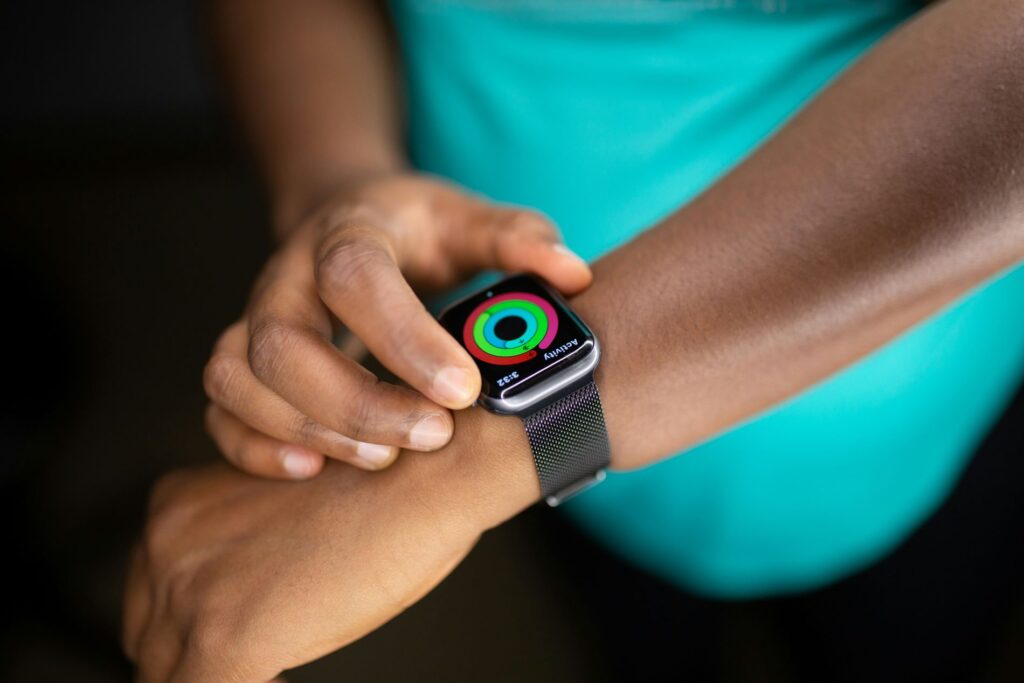Getting press coverage for interactive tools requires a strategic approach that goes beyond standard media pitching techniques. Media professionals receive hundreds of pitches daily, making it essential to craft compelling stories that highlight the unique value of tools like calculators, quizzes, and AR/VR experiences. Successful pitches combine engaging narratives with concrete data, showing journalists why these interactive elements matter to their audiences. This guide provides a detailed roadmap for PR professionals and marketers looking to secure media coverage for their interactive tools, from crafting newsworthy angles to presenting engagement metrics that capture journalists’ attention.
5WPR Insights
Creating a Newsworthy Angle for Interactive Tools
Media professionals look for stories that provide value to their readers. When pitching interactive tools, focus on how they solve real problems or add meaningful engagement opportunities for users. According to Cision’s 2023 State of the Media Report, 91% of journalists say audience metrics impact their reporting choices, making engagement potential a key selling point.
Start by identifying the unique aspects of your interactive tool that align with current trends or address common pain points. For example, if you’re pitching a financial calculator, highlight how it helps users navigate complex financial decisions during economic uncertainty. For AR experiences, emphasize how they bridge physical and digital worlds in ways that enhance daily life.
Include specific examples of how your tool differs from existing solutions. Journalists want exclusive or novel angles they can share with their audiences. Consider timing your pitch around relevant events, holidays, or trending topics to increase its newsworthiness.
Highlighting Engagement Metrics That Matter
Journalists need concrete data to support their stories. According to a study by Muck Rack, 68% of journalists consider data and market research highly valuable when evaluating pitches. When presenting engagement metrics for interactive tools, focus on statistics that demonstrate real user impact:
- Average time spent using the tool
- Completion rates for quizzes or calculators
- User return rates
- Social sharing statistics
- Conversion rates or other business impact metrics
Present these metrics in context, comparing them to industry standards or showing improvement over traditional methods. For example, if your AR shopping experience increases purchase confidence by 40%, that’s a compelling statistic for retail journalists.
Customizing Pitches for Different Media Types
Different media outlets require different approaches. Tech journalists might focus on the innovative aspects of your tool’s technology, while business reporters care more about market impact and user adoption rates.
Tech Media
Focus on technical specifications, development processes, and innovative features. Include information about:
- Technology stack and unique technical solutions
- Integration capabilities
- Security features
- Performance metrics
Business Media
Emphasize market impact and business benefits:
- ROI statistics
- User acquisition costs
- Market size and growth potential
- Customer success stories
Lifestyle Media
Highlight user experience and practical applications:
- Real-world use cases
- User testimonials
- Visual demonstrations
- Lifestyle integration examples
Crafting the Perfect Pitch Format
The structure of your pitch matters as much as its content. According to Prowly’s research, 57% of journalists prefer pitches under 200 words. Create a clear hierarchy of information:
Subject Line
Make it specific and compelling. Avoid clickbait tactics but clearly state the value proposition. For example: “New AR Tool Increases Online Shopping Confidence by 40%”
Opening Paragraph
Start with your strongest angle and most impressive statistic. Immediately communicate why this story matters to the journalist’s audience.
Body Content
Include:
- Brief tool description
- Key features and benefits
- Relevant statistics
- User testimonials or case studies
- Market context
Supporting Materials
Provide easy access to:
- Demo videos or screenshots
- Technical specifications
- User data and research findings
- Expert quotes
- High-resolution images
Demonstrating Value Through Case Studies
Real-world examples make your pitch more credible. According to Muck Rack, 65% of journalists consider case studies valuable content. Structure case studies to show clear before-and-after scenarios:
- Initial challenge or problem
- Implementation of your interactive tool
- Measurable results and improvements
- User or client testimonials
Include specific metrics whenever possible. For example, “After implementing our AR fitting room, returns decreased by 25% and customer satisfaction scores increased by 35%.”
Following Up Effectively
Most successful pitches require follow-up. According to Cision, journalists receive an average of 50-100 pitches per day, making it easy for good stories to get lost. Create a follow-up strategy that adds value:
- Wait 3-5 business days before first follow-up
- Provide new information or angles
- Keep follow-ups brief and relevant
- Limit follow-ups to 2-3 attempts
Conclusion
Successfully pitching interactive tools to the press requires a combination of strategic storytelling and data-driven proof points. Focus on creating newsworthy angles that resonate with specific media outlets while backing up claims with concrete engagement metrics and case studies. Remember to:
- Lead with your strongest news angle
- Support claims with relevant data
- Customize pitches for different media types
- Provide easy access to supporting materials
- Follow up strategically
Start by identifying your tool’s most compelling features and gathering strong performance data. Then, craft personalized pitches that speak directly to each journalist’s interests and audience needs. With persistence and the right approach, you can secure valuable media coverage that drives awareness and adoption of your interactive tools.

More PR Insights
Why Your SEO Team Should Sit in on PR Planning
How To Hire And Structure An Effective In-House Brand Journalism Team
Inclusive Workplace Communication: Strategies To Support Neurodiverse Teams